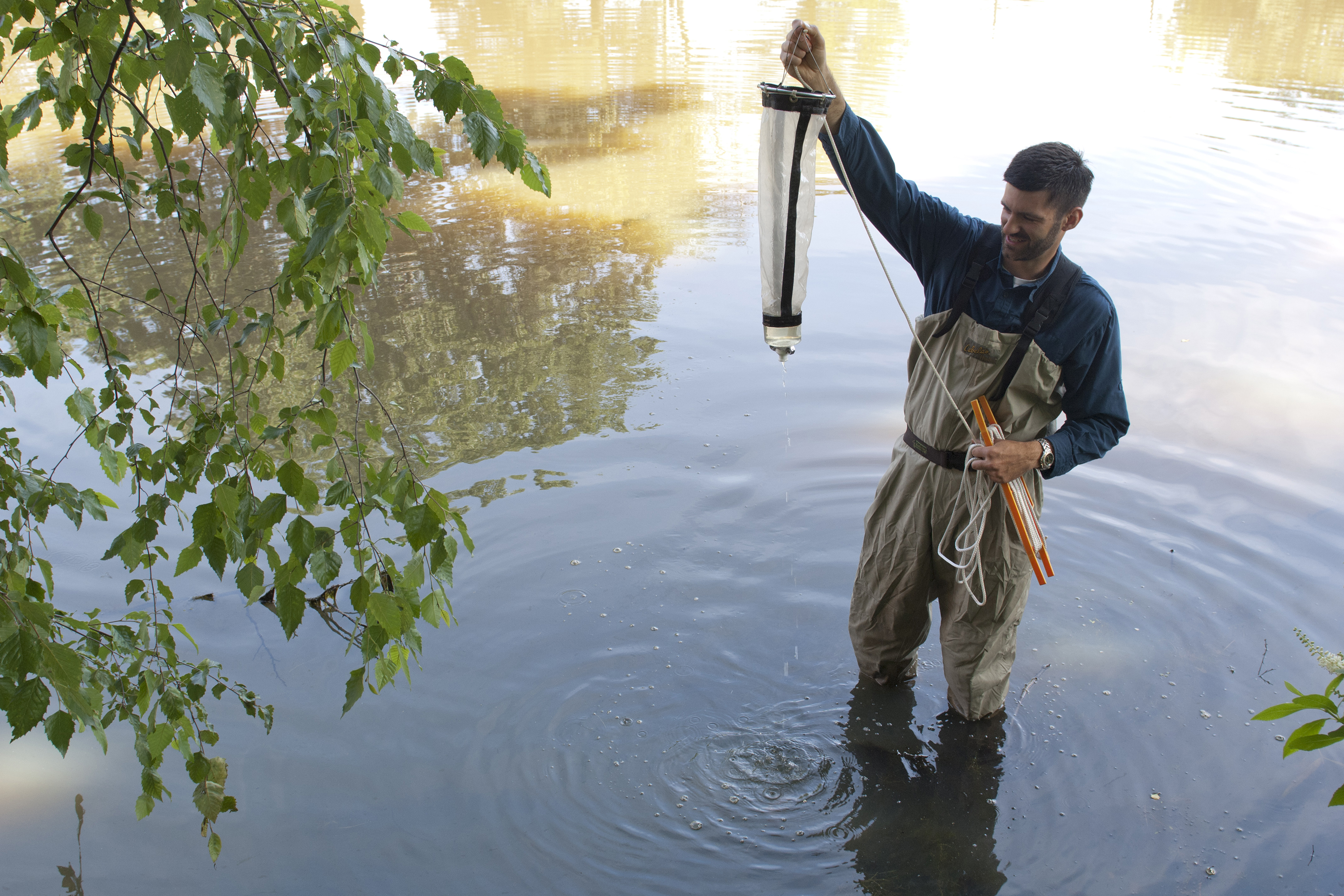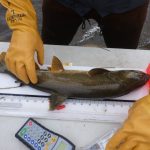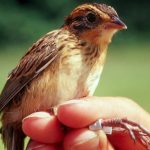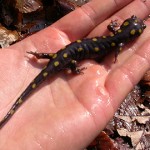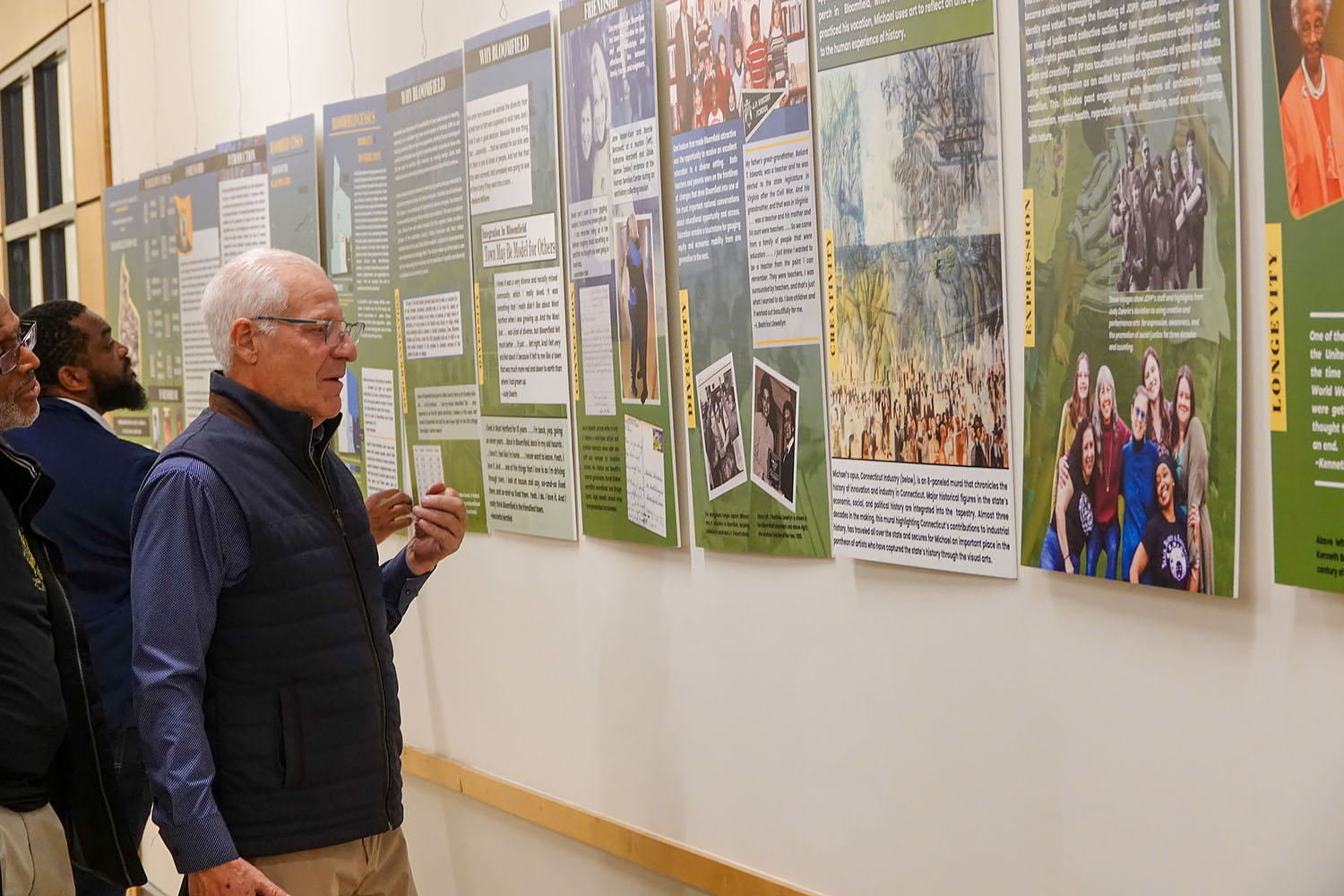An international group of top biologists led by UConn ecologist Mark Urban is calling for a coordinated effort to gather important species information that is urgently needed to improve predictions for the impact of climate change on future biodiversity.
We need to pull on our boots, grab our binoculars, and go back into the field to gather more detailed information if we are going to make realistic predictions. — Mark Urban
Current prediction models fail to account for important biological factors like species competition and movement that can have a profound influence on whether a plant or animal survives changes to its environment, the scientists say in the Sept. 9 issue of the journal Science. While more sophisticated forecasting models exist, much of the detailed species information that is needed to improve predictions is lacking.
“Right now, we’re treating a mouse the same way as an elephant or a fish or a tree. Yet we know that those are all very different organisms and they are going to respond to their environment in different ways,” says Urban, the Science article’s lead author. “We need to pull on our boots, grab our binoculars, and go back into the field to gather more detailed information if we are going to make realistic predictions.”
The 22 biologists affiliated with the article identify six key types of biological information: life history, physiology, genetic variation, species interactions, dispersal, and response to environmental changes that will significantly improve prediction outcomes for individual species. Obtaining that information will not only help the scientific community better identify the most at-risk populations and ecosystems, the scientists say, it will also allow for a more targeted distribution of resources as global temperatures continue to rise at a record pace.
Current climate change predictions for biodiversity draw on broad statistical correlations and can vary widely, making it difficult for policymakers and others to respond accordingly. Many of those predictions tend not to hold up over time if they fail to account for the full range of biological factors that can influence an organism’s survival rate: species demographics, competition from other organisms, species mobility, and the capacity to adapt and evolve.
“We haven’t been able to sufficiently determine what species composition future ecosystems will have,” says co-author Karin Johst of the Helmholtz Centre for Environmental Research and the German Centre for Integrative Biodiversity Research. “This is because current ecological models often do not include important biological processes and mechanisms: so far only 23 percent of the reviewed studies have taken into account biological mechanisms.”
Generating more accurate predictions is essential for global conservation efforts. Many species are already moving to higher ground or toward the poles to seek cooler temperatures as global temperatures rise. But the capacity of different organisms to survive varies greatly. Some species of frog, for instance, can traverse their terrain for miles to remain in a habitable environment. Other species, such as some types of salamander, are less mobile and are capable of moving only a few meters over generations.
“New Zealand’s strong foundation in ecological research will help,” explains study co-author William Godsoe, a Lincoln University lecturer and member of New Zealand’s Bio-Protection Research Centre. “One of our hopes is to build on these strengths and highlight new opportunities to improve predictions by explicitly considering evolution, interactions among species, and dispersal.” This will aid in the development of strategies to manage impacts on species and ecosystems before they become critical.
With more than 8.7 million species worldwide, gathering the necessary biological information to improve predictions is a daunting task. Even a sampling of key species would be beneficial, the authors say, as the more sophisticated models will allow scientists to extrapolate their predictions and apply them to multiple species with similar traits.
The biologists are calling for the launch of a global campaign to be spearheaded by the Intergovernmental Science-Policy Platform on Biodiversity and Ecosystem Services or IPBES. The IPBES operates under the auspices of four United Nations entities and is dedicated to providing scientific information to policymakers worldwide. One thousand scientists from all over the world currently contribute to the work of IPBES on a voluntary basis. The scientists are also encouraging conservation strategies to support biodiversity such as maintaining dispersal corridors, and preserving existing natural habitats and genetic diversity.
“Our biggest challenge is pinpointing which species to concentrate on and which regions we need to allocate resources,” says Urban, an associate professor of ecology and evolutionary biology at UConn. In an earlier study in Science, Urban predicted that as many as one in six species internationally could be wiped out by climate change. “We are at a triage stage at this point. We have limited resources and patients lined up at the door.”
Working groups for this project were supported by the Synthesis Centre of the German Centre for Integrative Biodiversity Research, DIVERSITAS, and the National Science Foundation.
Urban discusses some of these issues in a video.
